
Don’t Gamble With Green Grass
For some horses, overingesting certain grasses can lead to laminitis. Learn more about managing these horses and their pastures.
Prevention and treatment for problems of the equine foot

For some horses, overingesting certain grasses can lead to laminitis. Learn more about managing these horses and their pastures.

Learn how to combat foot issues such as thrush, white line disease, and abscesses that can develop in or be exacerbated by moist, muddy conditions.

Is barefoot right for your horse? Learn why and how farriers transition shod horses to barefoot.

Learn how to prevent shoe loss caused by farrier error, rider issues, management style, or horseplay.

Veterinarians and farriers can work together to help club-footed horses lead productive lives.

Two equine hoof care professionals share examples of how they diagnosed, treated, and maintained horses suffering from hoof-related lamenesses.

Owner-provided information and a thorough lameness examination can help veterinarians start meaningful investigations into front foot lamenesses.
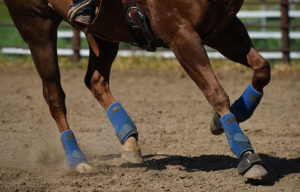
No other animal walks on a single digit, or toe, making the equine hoof an exceptional piece of anatomy. Learn more about the inner workings of your horse’s hooves.

Cold weather affects older horses more than it does their younger companions. Learn how to keep your senior comfortable and healthy during cold weather.
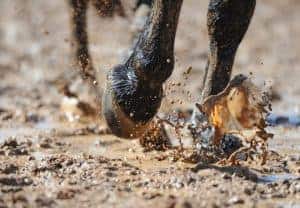
Two veterinarians passionate about hoof care share tips for identifying and dealing with hoof stressors they encounter most frequently.
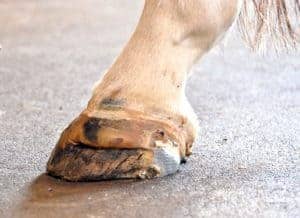
Learn how to detect and manage this insidious hoof infection.
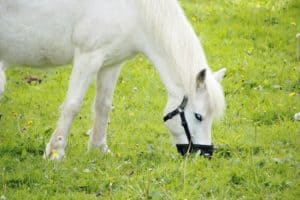
Discover why adhering to your veterinarian’s carefully designed laminitis-care plan is critical to your horse’s welfare and well-being in this article from the Winter 2023 issue of The Horse.
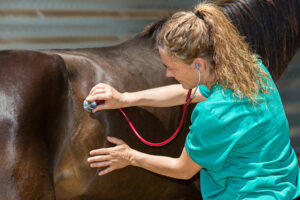
Research shows slight shifts in the horse’s intestinal microbiome can have far-reaching effects. Learn more in The Horse‘s 2023 Research Roundup issue.

Read about the steps veterinarians and farriers take to identify, evaluate, and treat riding horses’ hoof problems.

Find out how to recognize when a horse is at risk of developing EMS-related laminitis and what you can do to either prevent or manage it so he stays sound.
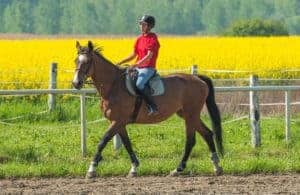
These simple steps can go a long way toward keeping your horse sound. Read more in this article from The Horse‘s Fall 2023 issue.
Stay on top of the most recent Horse Health news with
© 2022 Copyright Statement dolor sit amet, consetetur sadipscing User Terms, sed diam nonumy eirmod tempor invidunt ut labore et dolore magna aliquyam erat, sed diam voluptua. At vero eos et accusam et justo duo dolores et ea rebum. Stet clita kasd gubergren, no sea takimata sanctus est Lorem ipsum dolor sit amet.
"*" indicates required fields